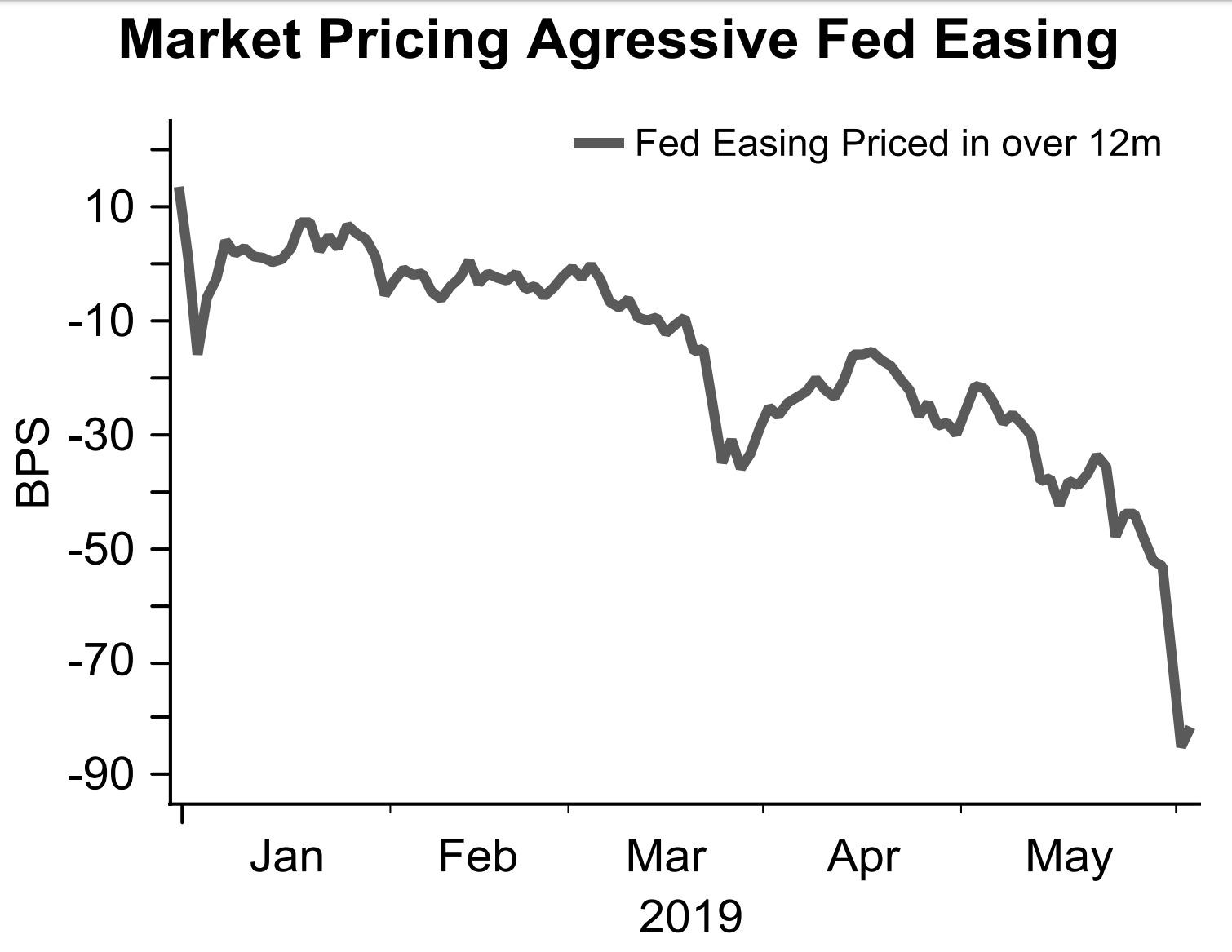Interest rates in the eurozone experienced a significant upward shift on Thursday. This reaction stemmed from a revised outlook from the Federal Reserve, with policymakers now anticipating just one rate cut in 2024, a significant decrease from the three cuts previously projected in March.
This shift in the Fed's stance triggered a recalibration within the eurozone bond market. Just a day prior, the bloc's yields had witnessed their steepest daily decline since mid-May on the back of softer-than-expected U. S. inflation data. Investors, initially optimistic about the prospect of multiple U. S. rate cuts throughout the year, had positioned themselves accordingly in the eurozone bond market.
However, the Fed's revised projections cast doubt on the likelihood of a more accommodative monetary policy in the U. S. This, in turn, influenced expectations for future interest rate movements in the eurozone. The European Central Bank (ECB) is currently grappling with its own set of challenges, namely rising inflation within the bloc.
The revised Fed outlook led money market participants to adjust their forecasts for ECB rate cuts. Prior to the Fed's announcement, expectations hovered around 63 basis points of cuts in 2024. Following the announcement, these projections were scaled back to 57 basis points, implying a single cut this year with a roughly 30% chance of a third cut.
The rise in yields was most evident in Germany, the eurozone's economic powerhouse. The German 10-year yield, a key benchmark for the region, climbed by one basis point to 2. 54%. This followed its surge to 2. 707% at the end of May, marking its highest level since mid-November 2023. Shorter-term German government bond yields, which are more sensitive to policy rate expectations, also experienced an uptick. The German 2-year yield rose by one basis point to 2. 97%, nearing its highest point since mid-November last year.
The ripple effects of the Fed's revised stance extended beyond Germany. Italy's 10-year yield, a gauge of risk sentiment within the eurozone, also witnessed an increase. It climbed by three basis points to 3. 95%.
This transatlantic tug-of-war between the Fed and the ECB highlights the complexities of navigating monetary policy in a globally interconnected economic landscape. While the Fed's focus appears to be shifting towards containing inflation, the ECB faces a delicate balancing act – addressing inflation concerns while simultaneously supporting economic growth within the eurozone.

